Endpoint Security
CrowdStrike Tech Hub
Your ultimate resource for the CrowdStrike Falcon® platform: In-depth videos, tutorials, and training.
Select a product category below to get started.
Falcon Encounter Hands-On Labs
Falcon Identity Protection in Action
Falcon Encounter Hands-On Labs
Falcon Cloud Security
Falcon Encounter Hands-On Labs
Next-Gen SIEM Demo Video
Falcon Encounter Hands-On Labs
Falcon Data Protection
Falcon Encounter Hands-On Labs
Falcon Exposure Management
Falcon Encounter Hands-On Labs
Falcon for IT
Falcon Encounter Hands-On Labs
CrowdStrike Counter Adversary Operations
Falcon Encounter Hands-On Labs
Charlotte AI
Conversations with Charlotte AI: Malware Families
Falcon Encounter Hands-On Labs
What's new
Blog - AI Innovations to Expedite Security Operations and Upgrade the Analyst Experience
Fal.Con - Register to watch the keynotes and 80+ sessions on-demand with the digital access pass to Fal.Con Digital
Blog - Falcon Identity Protection Innovations for Entra ID and Privileged Access
Fal.Con - Register to watch the keynotes and 80+ sessions on-demand with the digital access pass to Fal.Con Digital
Blog - Innovations in Falcon Cloud Security at Fal.Con 2024
Fal.Con - Register to watch the keynotes and 80+ sessions on-demand with the digital access pass to Fal.Con Digital
Blog - AI Innovations to Expedite Security Operations and Upgrade the Analyst Experience
Fal.Con - Register to watch the keynotes and 80+ sessions on-demand with the digital access pass to Fal.Con Digital
Blog - Detecting Microsoft Entra ID Primary Refresh Token Abuse with Falcon Next-Gen SIEM
Tech Hub - Data Protection - Preventing GenAI Data Loss
Fal.Con - Register to watch the keynotes and 80+ sessions on-demand with the digital access pass to Fal.Con Digital
Press Release - New CrowdStrike Falcon Platform Innovations Unify End-to-End Security and IT Operations
Fal.Con - Register to watch the keynotes and 80+ sessions on-demand with the digital access pass to Fal.Con Digital
Blog - CrowdStrike Drives Cybersecurity Forward
Fal.Con - Register to watch the keynotes and 80+ sessions on-demand with the digital access pass to Fal.Con Digital
Blog - How CrowdStrike Hunts, Identifies and Defeats Cloud-Focused Threats
Fal.Con - Register to watch the keynotes and 80+ sessions on-demand with the digital access pass to Fal.Con Digital
Blog - International Authorities Indict, Sanction Additional INDRIK SPIDER Members and Detail Ties to BITWISE SPIDER and Russian State Activity
Blog - AI Innovations to Expedite Security Operations and Upgrade the Analyst Experience
Fal.Con - Register to watch the keynotes and 80+ sessions on-demand with the digital access pass to Fal.Con Digital
Latest videos
Endpoint Security - Real Time Response

Play Video
Endpoint Security - Automated Remediation
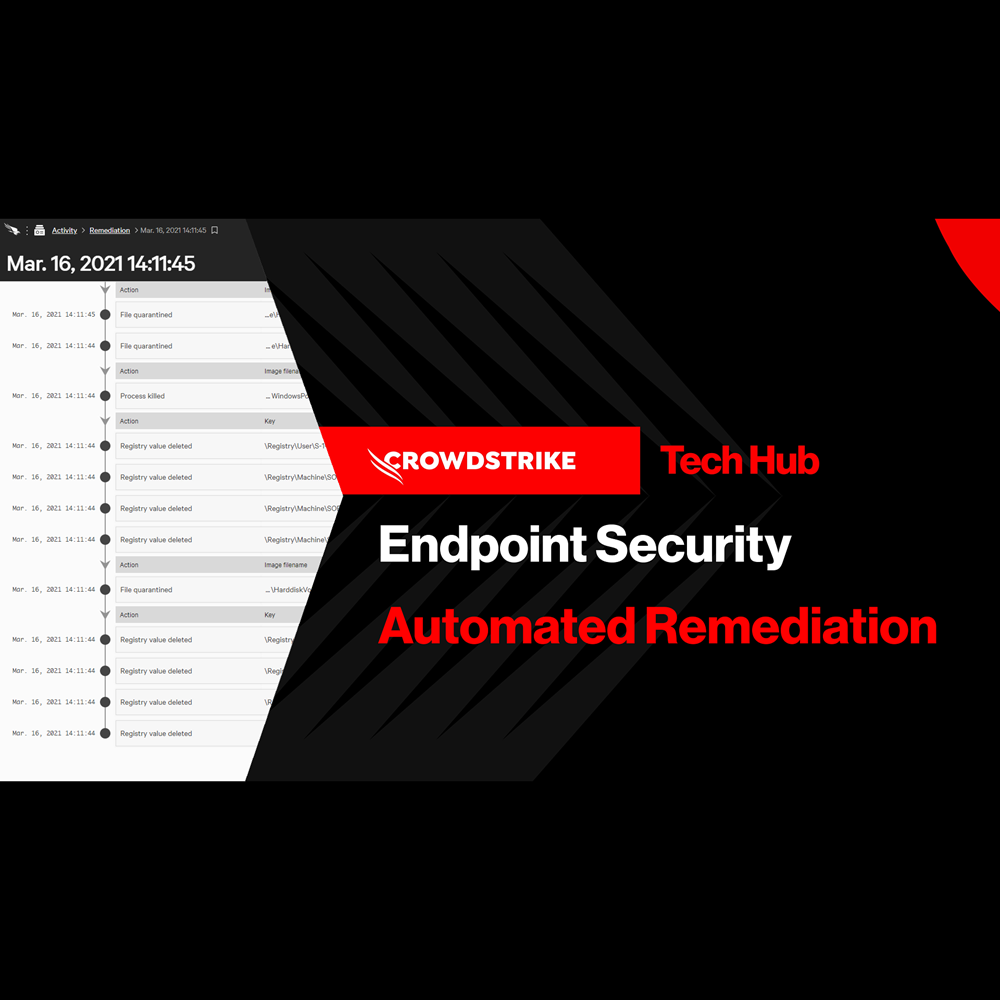
Play Video
Endpoint Security - Falcon Fusion with Real Time Response

Play Video
Endpoint Security - Customized Dashboards

Play Video
Endpoint Security - Context Enrichment
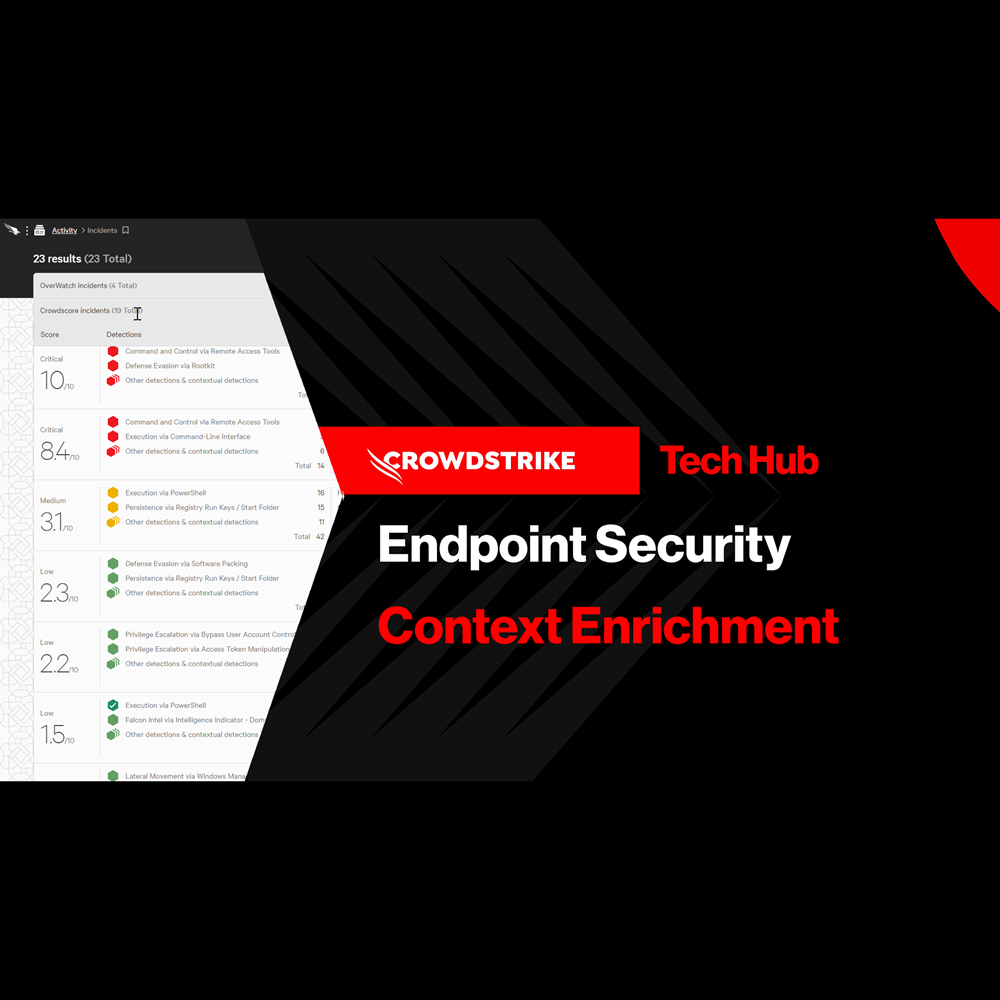
Play Video
Endpoint Security - Falcon Go for Small and Medium Businesses

Play Video
Identity Protection - Protect Against Exposed Credentials

Play Video
Identity Protection - Honeytoken

Play Video
Identity Protection - Stop Lateral Movement
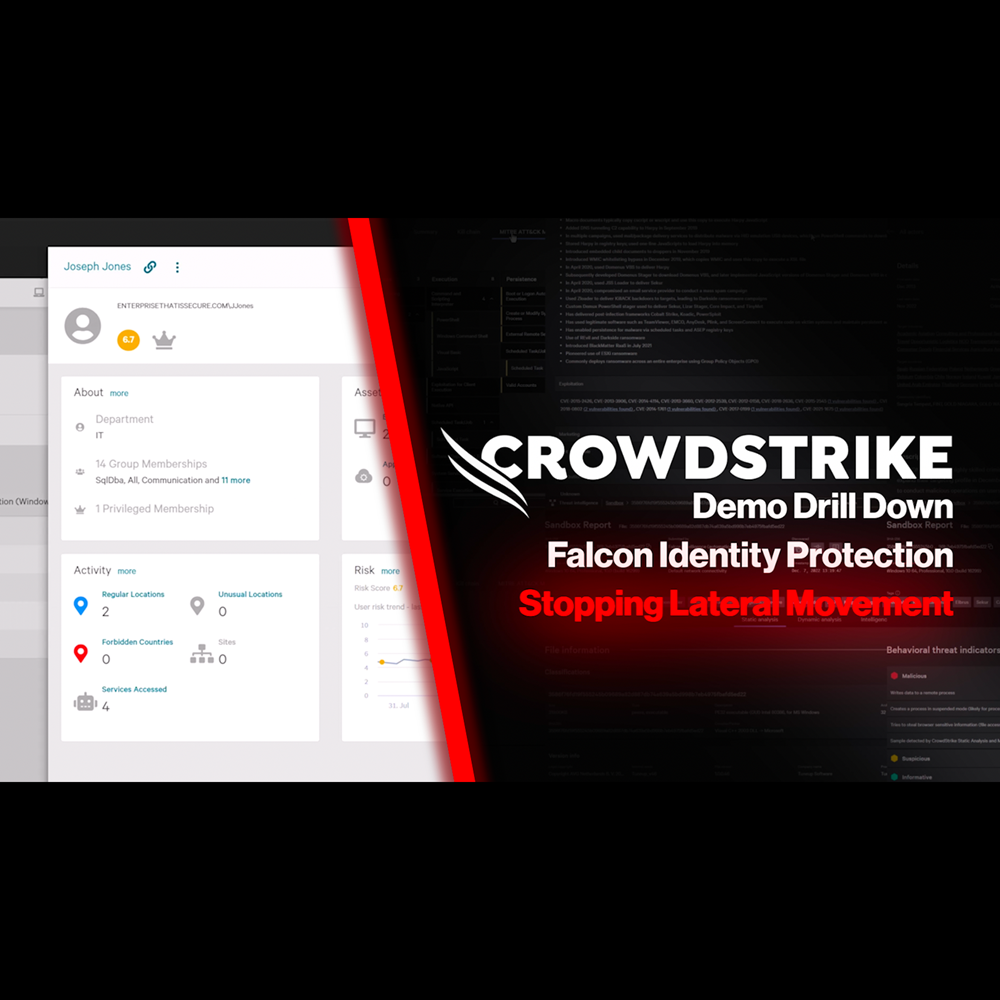
Play Video
Identity Protection - Risk-Based Conditional Access

Play Video
Identity Protection - Protection for Hybrid Environments
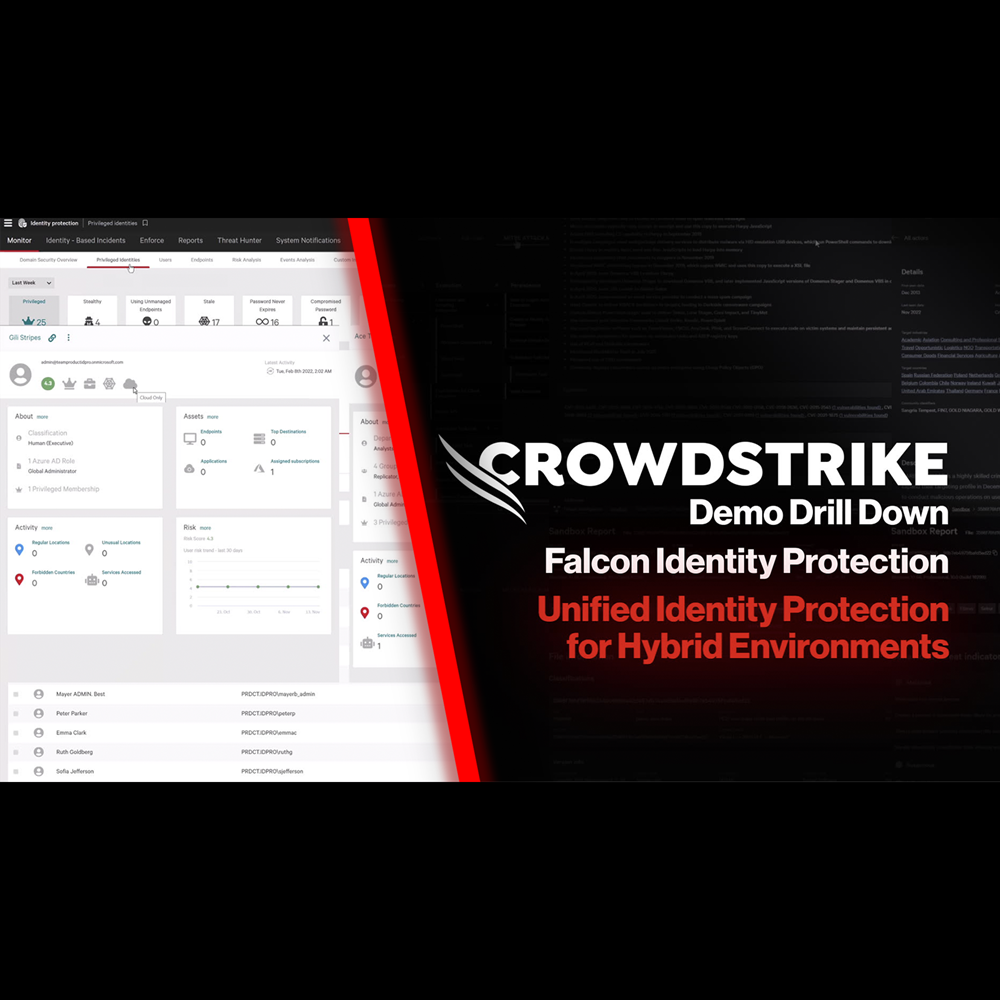
Play Video
Identity Protection - Secure Your Cloud Identity Environment

Play Video
Cloud Security - Cloud Detection and Response

Play Video
Cloud Security - Adversary Attack Path

Play Video
Cloud Security - Infrastructure as Code

Play Video
Cloud Security - Kubernetes Admission Controller

Play Video
Cloud Security - Application Security Posture Management (ASPM)

Play Video
Cloud Security - Automated Remediation

Play Video
NG-SIEM - AI Assisted Investigation
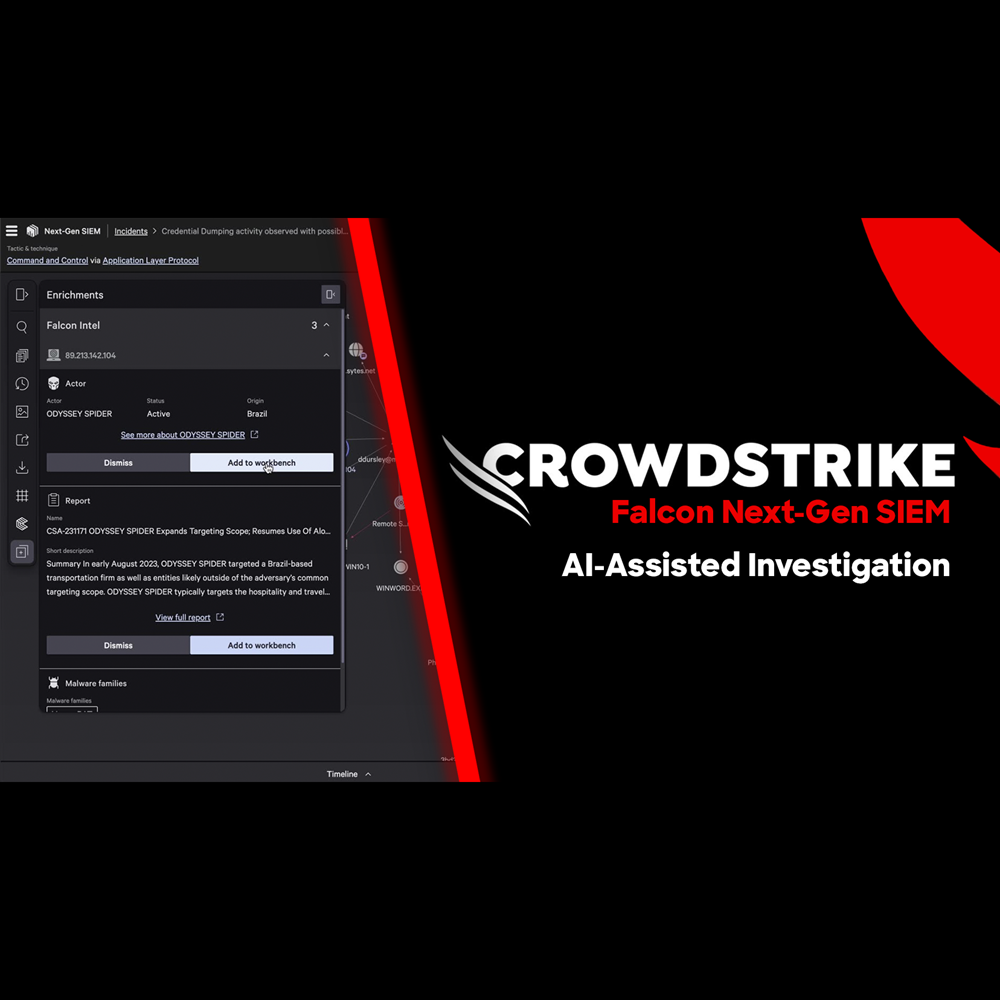
Play Video
NG-SIEM - Adversary Driven Detection

Play Video
NG-SIEM - Streamline The SOC

Play Video
NG-SIEM - Harnessing Email Data to Stop Phishing Attacks

Play Video
NG-SIEM - Leveraging Identity Data to Stop Attacks

Play Video
Falcon Fusion SOAR

Play Video
Data Protection - Protecting PCI Data

Play Video
Data Protection - Preventing GenAI Data Loss
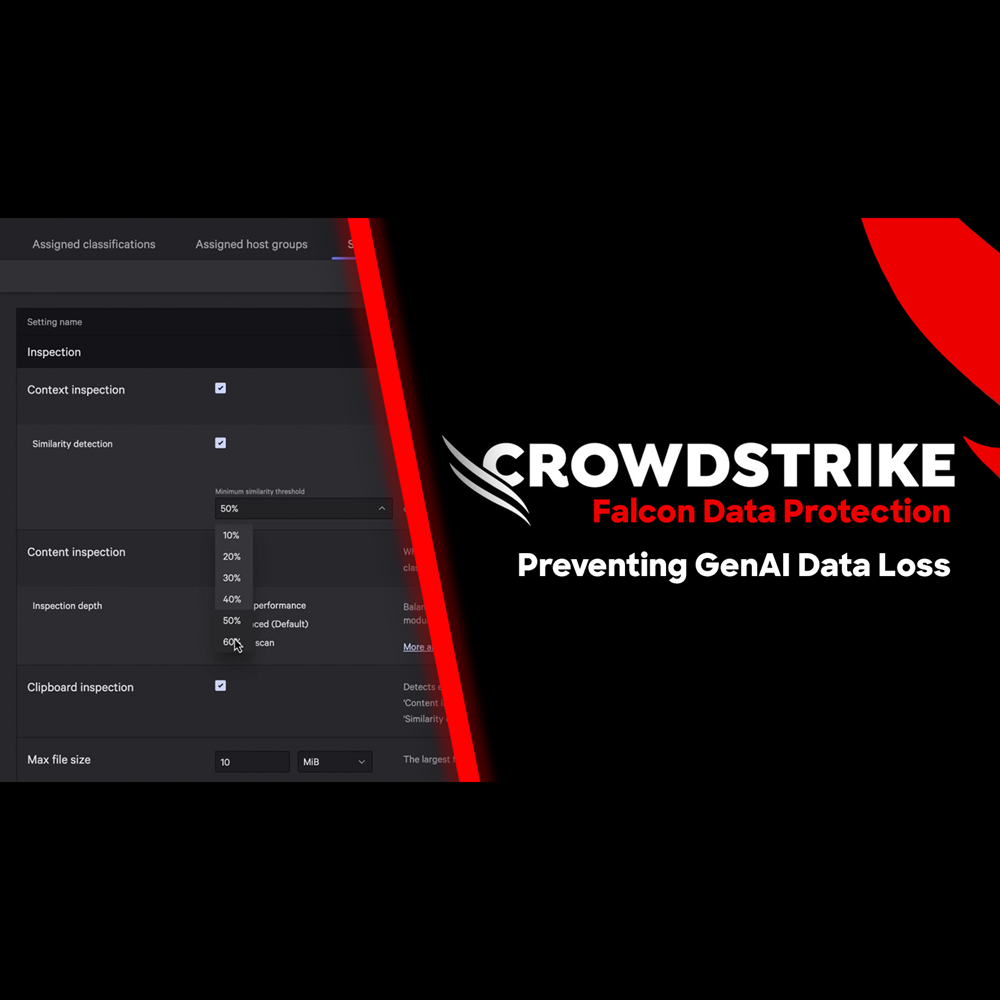
Play Video
Exposure Management - Attack Path Analysis

Play Video
Exposure Management - Security Configuration Assessment

Play Video
Exposure Management - Internet Exposure Identification

Play Video
Exposure Management - Asset Criticality Rules

Play Video
Exposure Management - Identifying Internet Asset Risks

Play Video
Exposure Management - Identifying and Triaging Unmanaged Assets

Play Video
Falcon for IT - Get Instant Answers

Play Video
Adversary Intelligence - Premium

Play Video
Adversary OverWatch - Identity Credential Monitoring

Play Video
Adversary Intelligence

Play Video
Adversary Intelligence - Exposed Credentials

Play Video
Adversary Intelligence - Typosquatting

Play Video
Adversary Intelligence - Recon Search

Play Video
Conversations with Charlotte AI: Scattered Spider

Play Video
Conversations with Charlotte AI: Failed Login Attempts

Play Video
Conversations with Charlotte AI: Writing Search Queries

Play Video
Conversations with Charlotte AI: Credential Exposure on Win10 Hosts

Play Video
Conversations with Charlotte AI: Rapid Assessment of Critical Detections

Play Video
Conversations with Charlotte AI: Assessing Potential Attacks

Play Video
Want to learn even more?
View all content